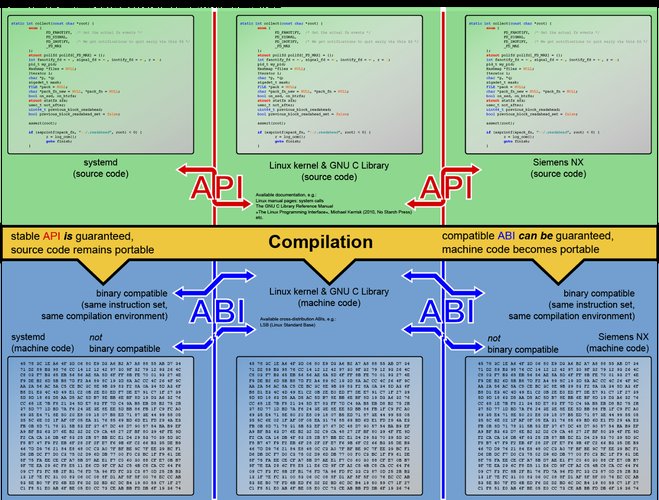Understanding ABI: A Comprehensive Guide for Ethereum Enthusiasts
As an Ethereum enthusiast, you’ve likely come across the term “ABI” multiple times. But what exactly is an ABI, and why is it crucial for interacting with smart contracts? In this detailed guide, we’ll delve into the world of ABI, exploring its significance, usage, and the various aspects that make it an essential component of the Ethereum ecosystem.
What is ABI?
ABI stands for Application Binary Interface. It is a standardized way to interact with smart contracts on the Ethereum blockchain. In simple terms, ABI serves as a bridge between human-readable code and the Ethereum Virtual Machine (EVM), which executes smart contracts.

When you write a smart contract in a high-level language like Solidity, it needs to be compiled into bytecode, which is a low-level, machine-readable format. ABI comes into play when you want to interact with this bytecode. It defines the structure and encoding of the data that needs to be passed to and from the smart contract.
Components of ABI
The ABI consists of two main components: the interface and the encoding.
| Component | Description |
|---|---|
| Interface | The interface defines the functions and events available in the smart contract. It includes the function signatures, which consist of the function name and the types of parameters it accepts. |
| Encoding | The encoding defines how the data is formatted and serialized when passed to or returned from the smart contract. It ensures that the data is correctly interpreted by the EVM. |
ABI and Smart Contract Interactions
Interacting with a smart contract using ABI involves the following steps:

-
Obtain the ABI of the smart contract. This can be done by deploying the contract on the Ethereum network or by downloading the ABI file from a repository.
-
Use the ABI to encode the data that needs to be passed to the smart contract. This is done using functions like
abi.encodein Solidity. -
Send the encoded data to the smart contract using a transaction. This can be done using a web3 library or a blockchain wallet.
-
Decode the returned data from the smart contract using the ABI. This is done using functions like
abi.decodein Solidity.
ABI and Decentralized Applications (DApps)
ABI plays a vital role in the development of decentralized applications (DApps). DApps are built on top of smart contracts, and ABI allows developers to interact with these contracts seamlessly. By using ABI, DApps can access the functionality provided by smart contracts, such as storing data, executing transactions, and more.
ABI and Security
While ABI simplifies the process of interacting with smart contracts, it also poses security risks. Since ABI defines the structure and encoding of data, malicious actors can exploit vulnerabilities in the ABI to manipulate data or steal funds. Therefore, it is crucial to ensure that the ABI is secure and up-to-date.
ABI and Future Developments
The Ethereum ecosystem is constantly evolving, and ABI is no exception. With the introduction of new features like EVM 2.0 and the upcoming Ethereum 2.0 upgrade, ABI may undergo changes to accommodate these advancements. As an Ethereum enthusiast, staying informed about these developments is essential to understand the evolving role of ABI in the Ethereum ecosystem.
In conclusion, ABI is a crucial component of the Ethereum ecosystem, enabling seamless interaction with smart contracts. By understanding the basics of ABI, you can better appreciate its significance and utilize it effectively in your Ethereum projects.



